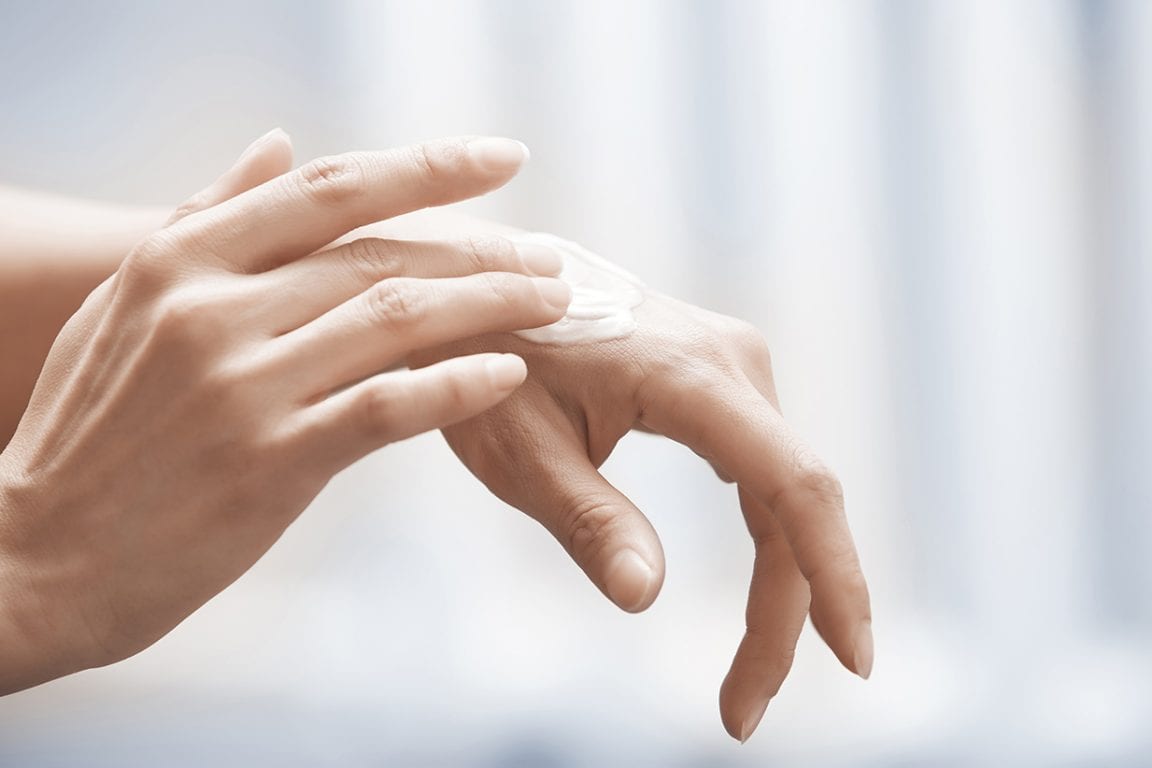Hand and nail care is an essential part of good hand hygiene

Hand and nail care is an essential part of good hand hygiene
Moisturisers do not weaken the effectiveness of hand disinfectant. Hands dry more easily during winter because the humidity is low. Hand lotions protect the permanent microbiota and keep the moisture in the skin. You will get the maximum benefit out of hand lotion when you moisturise your hands before going to bed. It is recommended to use hand lotions regularly.
Nails must be kept short. It is advisable to moisturise cuticles and nails regularly. Nails must not extend beyond the tips of the fingers.¹ The peeling of nails is caused by the drying and brittleness of the nail plate. Working in wet conditions and frequent use of nail polish remover (acetone) promote the peeling of nails. Moisture-adding lotions are useful when treating peeling nails.² The peeling of nails can be prevented by cutting the nails round, filing them with a fine nail file with the file tilted under the nail, which makes the layers of the nails close.
Hand care

- Nourish your hands regularly with caring lotions.
- Lotions protect the skin’s permanent microbiota and keep the moisture in the skin.
- Hands need extra moisture especially during the cold and dry winter months.
- Using lotions does not weaken the effectiveness of hand disinfectant.
- You will get the maximum benefit out of hand lotion when you apply hand lotion before going to bed and leave it on overnight.
Nail care
- Nails and cuticles should also be treated and moisturised regularly.
- Nails must not extend beyond the tips of the fingers.
- Peeling of the nails is caused by the nail plate becoming brittle and dry, for example, as a result of working in wet conditions. Frequent use of nail polish also dries nails.
- Peeling can be prevented by cutting the nails round and by filing them with a fine nail file. It is recommended to tilt the file under the nail, which results in the layers of the nail closing.
References:
1. Anttila, V-J., Hellstén, S., Rantala, A., Routamaa, M., Syrjälä, H. & Vuento, R. 2010. Hoitoon liittyvien infektioiden torjunta. Suomen Kuntaliitto. WS Bookwell Oy. Porvoo.
2. Hietanen, H., Iivanainen, A., Seppänen, S. & Juutilainen, V. 2005. Haava. WS Bookwell Oy. Porvoo.